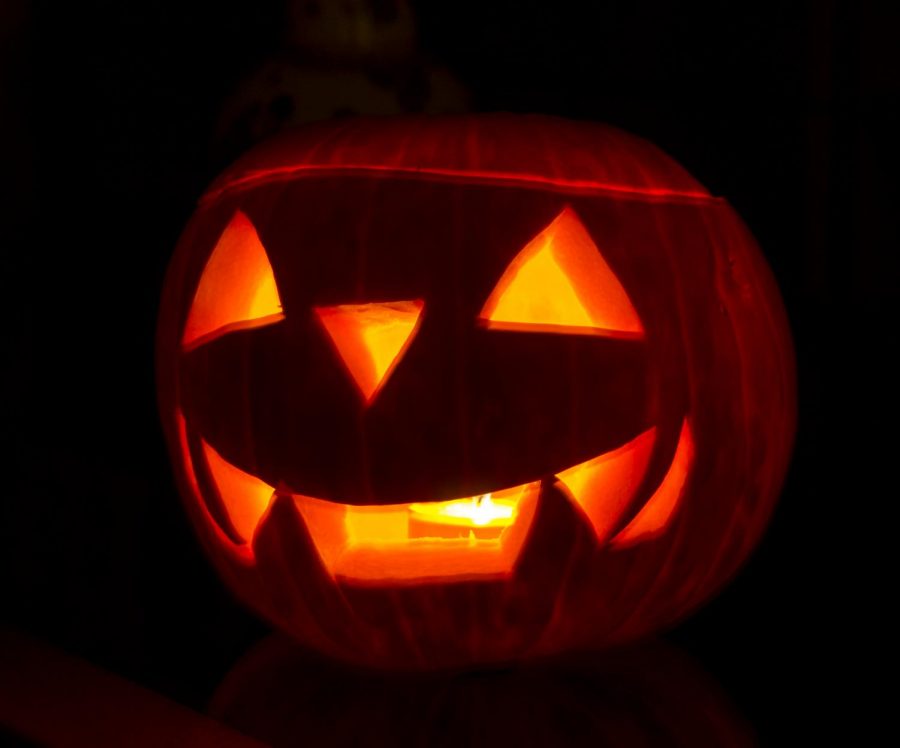The History of Halloween
October 24, 2019
Halloween is often the time for candy and costumes! It is a time for kids to go out and have fun. But what some people don’t know is how Halloween came to be. It is such a big holiday, yet the history behind it is not commonly known by many…
It was first known as All Hallows Eve by the Celtics. The Celts believed that October 31st was when the boundary between the living and dead blurred, and that the ghost of the dead visited on this day. They believed that other than damaging the crops and causing trouble, the spirits make it easier for druids or better known as Celtic priests to make predictions about the future. The Celtics then made a sacred bonfire where they would burn crops and animals as sacrifices to the Celtic deities.
To keep the spirits away, they would wear costumes and light bonfires from the evening till midnight. While celebrating, the Celts would wear animal skins as costumes and attempt to tell each other’s fortunes. When the celebration was over, they re-lit the fires they burnt out to help them keep warm from the cold winter.
Celebrating Halloween was very limited in England because of the rigid Protestant belief system, so they the holiday was more common in Maryland an in southern colonies. When the different European ethnic groups and American Indians meshed, an American version of Halloween began to emerge. They were called “play parties”, which is a public event held to celebrate harvest. People would share stories of the dead, tell fortunes to each other, dance, and sing. They also featured telling all kinds of ghost stories and creating mischief.
In the nineteenth century, it was fairly common to celebrate, but was not yet celebrated everywhere in the country. When immigrants were flooding America during the second half of the nineteenth century, that was when it started to become more popular.
Trick -or-Treating was first borrowed from Europeans by Americans where people would go around asking for food or money. Women believed that on Halloween, they could divine the name or appearance of their future husband by doing tricks such as yarn, apple pairings, or mirrors.
When interviewing senior Kyah Thomas, I asked if she had any Halloween traditions. She said,” No, I do not have any traditions.“ I also asked what her favorite Halloween memory was. She replied, “Going trick-or-treating with my boyfriend and little brother.”
During the late 1800’s, Halloween was becoming more of a holiday for the community to get together to talk about ghosts, pranks, witchcraft, etc. Parties eventually became a staple for both children and adults to celebrate Halloween. Because of newspapers and community leaders, parents would take down anything that was frightening or grotesque out of Halloween celebrations. Since that happened, Halloween lost most of its superstitious and religious overtones by the twentieth century.
As time moved on, Halloween has transformed from a holiday that was based on religion and superstition to a time where friends and family come together to have fun.
